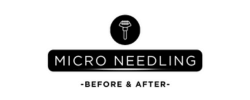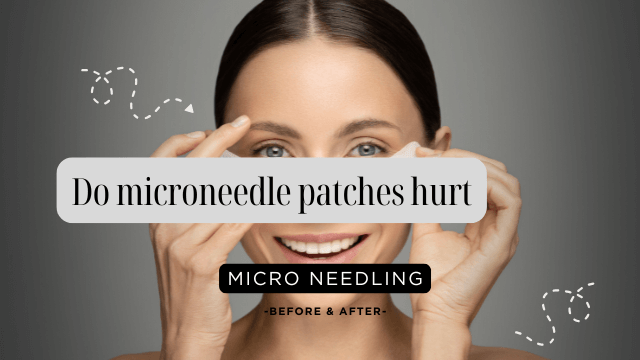As someone who’s tried nearly every skincare treatment under the sun, I’ve fielded countless questions about microneedling from curious friends. One question always tops the list: “Do microneedle patches hurt?” Today, I’ll share my personal experience with microneedle patches and address this common concern.
What Are Microneedle Patches?
Before diving into the pain factor, let’s clarify what we’re talking about. Microneedle patches are small adhesive patches covered with tiny needles (typically between 0.1-0.5mm in length) made from hyaluronic acid or other dissolvable materials. Unlike professional microneedling procedures performed by estheticians, these at-home patches are designed for targeted treatment of specific skin concerns.
The Pain Question: What to Really Expect
So, do they hurt? In my experience, microneedle patches cause minimal discomfort that I’d describe as a slight tingling or prickling sensation rather than actual pain. The first time I applied one to my forehead to target a stubborn fine line, I braced myself for pain but was pleasantly surprised by how manageable it felt.
The sensation is notably different from professional microneedling treatments I’ve had at med spas, which use longer needles and can cause more discomfort (though those treatments also typically include numbing cream).
How Microneedle Patches Compare to Professional Treatments
It’s worth clarifying where microneedle patches fit in the broader microneedling universe:
- At-home microneedle patches: Minimal discomfort, very short needles, targeted treatment, no downtime
- Traditional microneedling: Moderate discomfort (with numbing), performed by professionals, treats larger areas, some downtime
- RF microneedling: Similar to traditional but adds radiofrequency energy for enhanced results, slightly more discomfort
- PRP microneedling: Combines microneedling with platelet-rich plasma from your blood for enhanced healing, similar discomfort level to traditional
As someone who’s experienced all these treatments, I can confidently say that microneedle patches rank lowest on the pain scale by far.
Factors That Affect Comfort Levels
I’ve found that several factors influence how uncomfortable microneedle patches might feel:
- Patch location: Applying patches to sensitive areas like around the eyes tends to cause more sensation than applying to thicker skin like the forehead.
- Needle length: Most consumer patches use very short needles (0.3mm or less), which minimizes discomfort.
- Skin sensitivity: If you have naturally sensitive skin like I do, you might experience slightly more sensation.
- Brand quality: I’ve tried numerous brands and found significant differences in comfort levels. Higher-quality patches often have better-engineered microneedles that cause less irritation.
Benefits That Make the Minimal Discomfort Worthwhile
The slight tingling sensation of microneedle patches is easily outweighed by their benefits:
- Enhanced product absorption: The tiny channels created help your skincare penetrate deeper
- Collagen stimulation: Though less dramatic than professional microneedling, patches can still stimulate collagen production
- Convenience: Unlike a professional session, you can apply these at home with no appointment necessary
- No downtime: Unlike traditional microneedling which can leave your skin red for 1-2 days
Tips for Minimizing Discomfort
Over the years, I’ve developed some strategies to make the microneedle patch experience even more comfortable:
- Start with clean, dry skin: This prevents any stinging from product residue
- Apply at night: I find applying before bed means any mild sensation dissipates while I sleep
- Avoid active ingredients afterward: I skip retinol and vitamin C right after using patches
- Store patches in the refrigerator: The cooling effect makes application more comfortable
- Begin with less sensitive areas: If you’re nervous, try your first patch on the forehead rather than under eyes
Are Microneedle Patches Right for Everyone?
While I’ve had great experiences with microneedle patches, they’re not suitable for everyone. I’d avoid them if you:
- Have active acne breakouts
- Experience rosacea flare-ups
- Have extremely sensitive skin
- Have open wounds or irritated skin
My Final Verdict
After incorporating microneedle patches into my skincare routine for several years, I can confidently say that the discomfort is minimal and well worth the benefits. The sensation is more accurately described as “awareness” rather than pain – you feel something happening, but it’s rarely uncomfortable enough to be distracting.
If you’re curious about microneedling but hesitant to commit to a professional treatment with its associated recovery time and higher discomfort level, microneedle patches offer an excellent entry point. They provide a taste of microneedling’s benefits with significantly less intensity, making them perfect for beginners in the world of advanced skincare.

